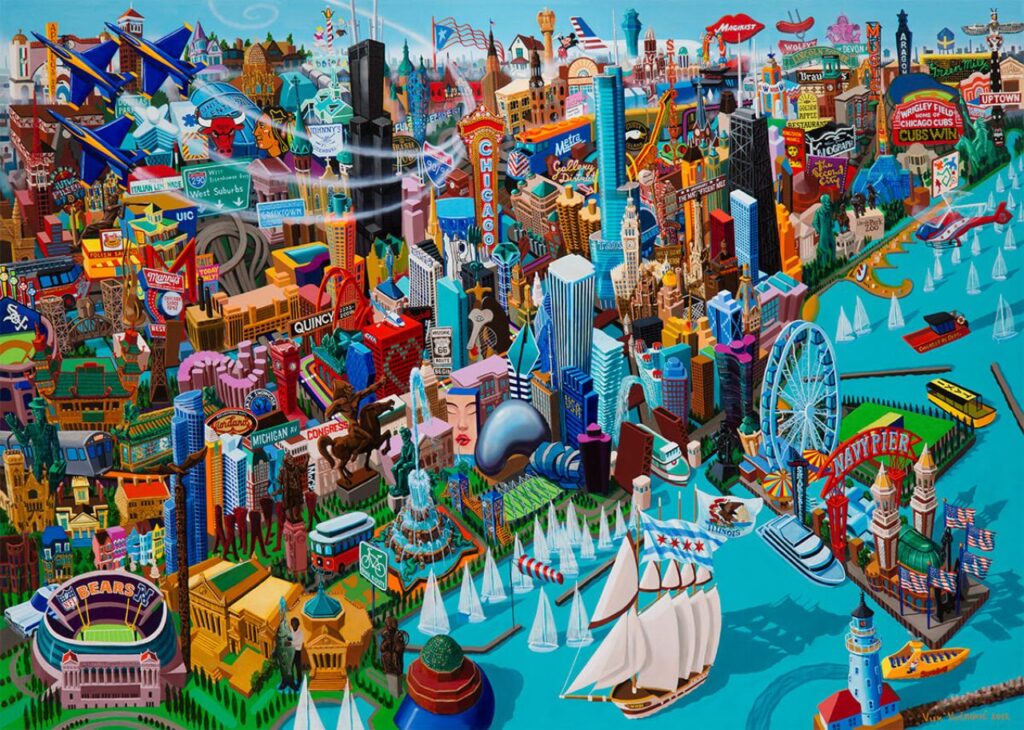
detailed image
introduction to detailed image
In the digital age, where content is king, visual representation plays a pivotal role in how audiences perceive information. A detailed image, with its sharpness, clarity, and intricate elements, stands out amid a sea of visuals, grabbing attention and communicating messages powerfully. Whether you’re a photographer, digital marketer, graphic designer, or content creator, mastering the art of crafting detailed images is essential for delivering impact.
Detailed images go beyond simple clarity. They reveal textures, gradients, and minute features that elevate a visual from good to extraordinary. The difference between a basic snapshot and a detailed image lies in the precision with which the subject is captured and presented. In this article, we dive deep into what makes an image detailed, how to create them, and why they’re crucial for modern digital strategy. detailed image
Detailed Image Explained: A Beginner’s Guide to High Detail

A detailed image refers to a photograph or graphic that offers high levels of visual information. This includes sharpness, accurate color representation, and fine details that remain visible even when the image is zoomed in. Beginners often confuse high resolution with detail. While related, resolution alone doesn’t guarantee detail. Factors like lens quality, lighting, focus, and post-processing also play vital roles. detailed image
To achieve a detailed image, one must first understand the fundamentals of exposure: aperture, shutter speed, and ISO. These elements work together to define how much light enters the camera and how the subject is captured. A wider aperture can create shallow depth-of-field, highlighting subjects while softly blurring the background. This effect, when used strategically, can enhance the perception of detail in key areas of an image. detailed image
Additionally, lighting significantly impacts image detail. Natural light offers a broad spectrum of illumination, making textures more visible. Studio lighting, on the other hand, gives complete control over shadows and highlights, allowing photographers to sculpt the scene for maximum detail. detailed image
Detailed Image Editing Techniques for Stunning Visuals
Editing is where the magic of detailed imagery truly unfolds. Even a well-shot image can benefit from thoughtful post-processing. Software like Adobe Lightroom and Photoshop provide tools to enhance sharpness, contrast, and texture, all of which contribute to a more detailed look. detailed image detailed image
Start by adjusting the clarity and texture sliders in Lightroom to bring out midtone details and fine surfaces. Be cautious, though; overuse can introduce noise and make images look unnatural. Selective sharpening is another powerful technique. Instead of sharpening the entire image, focus on areas that benefit from enhanced detail—such as eyes in portraits or textures in landscape shots. detailed image
Dodging and burning, an age-old darkroom technique now easily replicated digitally, helps emphasize highlights and shadows to draw attention to specific areas. When done subtly, it can add dimensionality and realism, making the image appear more lifelike and intricate. detailed image
Another technique involves frequency separation, used extensively in high-end retouching. It separates texture from color, allowing you to refine details without affecting tonal values. This is particularly useful in portrait photography where skin texture needs to be preserved while smoothing imperfections. detailed image
Detailed Image Optimization for Better Web Performance
Creating a beautiful, detailed image is only half the battle. Ensuring it loads efficiently on websites is equally important. High-detail images often come with larger file sizes, which can slow down website performance and affect SEO rankings. That’s where optimization comes into play.
Start by choosing the right file format. JPEGs work well for photographs due to their balance between quality and size, while PNGs are better for graphics with transparency. WebP, a modern format developed by Google, offers excellent compression with minimal loss of quality, making it ideal for detailed images.
Next, compress your images without sacrificing too much detail. Tools like TinyPNG, ImageOptim, or Photoshop’s “Save for Web” function help reduce file sizes efficiently. Always resize images to the dimensions they will be displayed in—uploading unnecessarily large images wastes bandwidth and slows down load times.
Lastly, use responsive image techniques and lazy loading to enhance performance. Responsive images adapt to different screen sizes, delivering the most appropriate version to users. Lazy loading ensures that images load only when they enter the viewport, speeding up the initial page load and improving user experience.
Detailed Image SEO: Best Practices for Ranking Visual Content
From an SEO standpoint, detailed images can significantly enhance your content’s discoverability and engagement. Search engines can’t “see” images the way humans do, so proper metadata and contextual usage are essential.
Begin with descriptive filenames that include your target keywords, such as “detailed-image-mountain-landscape.jpg.” Alt text should also clearly describe the image content while naturally integrating the keyword. This not only aids SEO but improves accessibility for users with visual impairments.
Captions and surrounding text give search engines additional context. Use them wisely to reinforce the image’s purpose and link it to the content topic. Structured data (schema markup) can also be used to inform search engines that your images are part of a product, article, or visual gallery, increasing the chances of appearing in rich snippets.
Finally, consistently update your image content. Visual trends evolve quickly, and fresh, detailed images signal active site maintenance, a factor search engines appreciate. When combined with fast load speeds and mobile responsiveness, detailed images can elevate your site’s SEO profile significantly. detailed image
Conclusion
Mastering the art of detailed imagery is a multifaceted journey, blending technical skills with artistic insight. From capturing high-detail visuals to refining them in post-production and optimizing them for web and SEO, each step plays a crucial role in creating impactful content. By understanding and implementing these strategies, creators can ensure their visuals not only dazzle the eye but also drive engagement and improve visibility across platforms. In an increasingly image-driven digital world, investing in detailed images is no longer optional—it’s essential. detailed image






